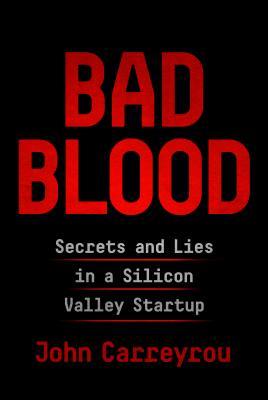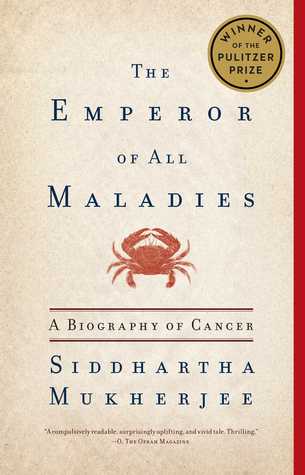An attempt to take a crunchy subject and make it go down smoothly, so people will be less stupid about statistics.

Basic Books, 2019, 448 pages
( Serial killers, sexual partners, coin flips, and Titanic survivors. )
My complete list of book reviews.

Basic Books, 2019, 448 pages
In this "important and comprehensive" guide to statistical thinking (New Yorker), discover how data literacy is changing the world and gives you a better understanding of life’s biggest problems.
Statistics are everywhere, as integral to science as they are to business, and in the popular media hundreds of times a day. In this age of big data, a basic grasp of statistical literacy is more important than ever if we want to separate the fact from the fiction, the ostentatious embellishments from the raw evidence -- and even more so if we hope to participate in the future, rather than being simple bystanders.
In The Art of Statistics, world-renowned statistician David Spiegelhalter shows readers how to derive knowledge from raw data by focusing on the concepts and connections behind the math. Drawing on real world examples to introduce complex issues, he shows us how statistics can help us determine the luckiest passenger on the Titanic, whether a notorious serial killer could have been caught earlier, and if screening for ovarian cancer is beneficial. The Art of Statistics not only shows us how mathematicians have used statistical science to solve these problems -- it teaches us how we too can think like statisticians. We learn how to clarify our questions, assumptions, and expectations when approaching a problem, and -- perhaps even more importantly -- we learn how to responsibly interpret the answers we receive.
Combining the incomparable insight of an expert with the playful enthusiasm of an aficionado, The Art of Statistics is the definitive guide to stats that every modern person needs.
( Serial killers, sexual partners, coin flips, and Titanic survivors. )
My complete list of book reviews.


















